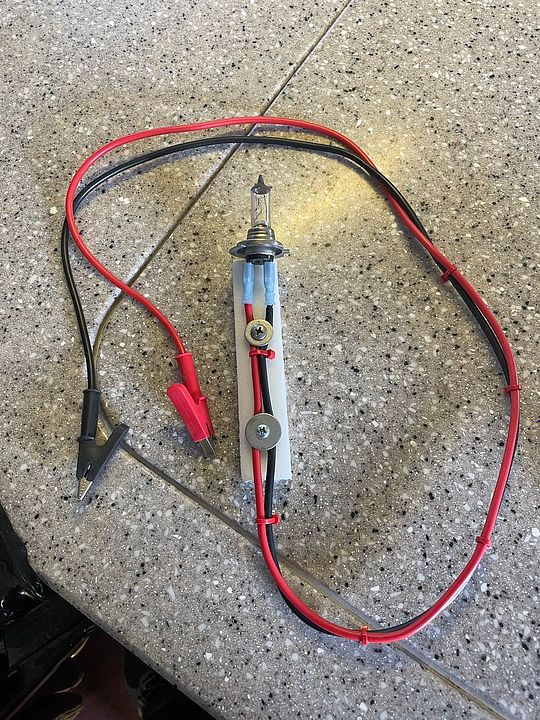seprintz
New Member
Hi guys, first time posting on this forum.
I built 2 x 24v LiFePO4 batteries a few years ago, but sold that camper and disassembled. I'm now onto a new project and I'd like to start with a good top balance and had a few questions. I am pleased to report, that all cells appear to have maintained charge, they're all between 3.288v and 3.350.
1.) Should I clean my CALB bus bars? They appear to have some tarnish/patina on them, what would y'all recommend?
2.) Should I clean the terminals on the cells? They all appear to be in good order.
I never did a top balance back in the day, I just didn't have the patience or time with my build, and I'd like to do it this time around to get more storage capacity at the top when charging.
I've seen a lot of discussion on this forum about this being needed/not needed, and dangers of going to too high of a voltage for too long. So I thought I'd post my plan below and see if y'all had any reasons not to.
Step 1: Wire my batteries in series, I have 16 cells, so that'd give me 2 x 24v batteries. Wired with my two overkill 8s BMS in place.
Step 2: Wire them all to my inverter/charger, set on the Classic LFP charge profile, which will take them up to 27.2 volts, or 3.4v per cell.
Step 3: Disassemble batteries.
Step 4: Assemble all cells in parallel.
Step 5: Set bench top power supply to 3.5 volts and top balance until current goes to near 0.
Step 6: Disassembly and re-assemble into my battery packs.
My logic for 3.5v for the top balance would be to get them all topped off and avoid the potential damage of going all the way to 3.65v.
TIA for any input.
I built 2 x 24v LiFePO4 batteries a few years ago, but sold that camper and disassembled. I'm now onto a new project and I'd like to start with a good top balance and had a few questions. I am pleased to report, that all cells appear to have maintained charge, they're all between 3.288v and 3.350.
1.) Should I clean my CALB bus bars? They appear to have some tarnish/patina on them, what would y'all recommend?
2.) Should I clean the terminals on the cells? They all appear to be in good order.
I never did a top balance back in the day, I just didn't have the patience or time with my build, and I'd like to do it this time around to get more storage capacity at the top when charging.
I've seen a lot of discussion on this forum about this being needed/not needed, and dangers of going to too high of a voltage for too long. So I thought I'd post my plan below and see if y'all had any reasons not to.
Step 1: Wire my batteries in series, I have 16 cells, so that'd give me 2 x 24v batteries. Wired with my two overkill 8s BMS in place.
Step 2: Wire them all to my inverter/charger, set on the Classic LFP charge profile, which will take them up to 27.2 volts, or 3.4v per cell.
Step 3: Disassemble batteries.
Step 4: Assemble all cells in parallel.
Step 5: Set bench top power supply to 3.5 volts and top balance until current goes to near 0.
Step 6: Disassembly and re-assemble into my battery packs.
My logic for 3.5v for the top balance would be to get them all topped off and avoid the potential damage of going all the way to 3.65v.
TIA for any input.




